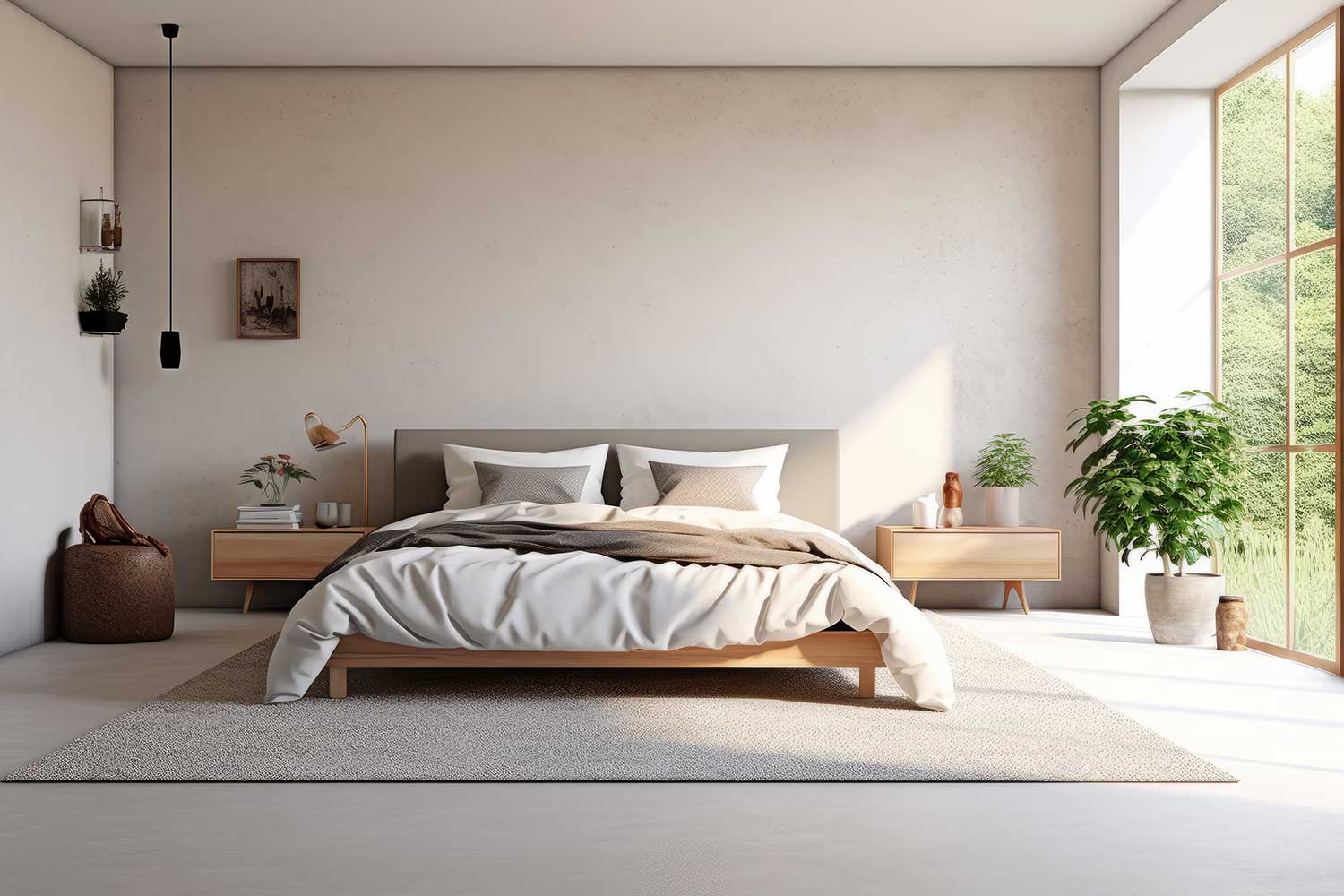Transform Your Space: A Comprehensive Guide to Bedroom Renovation
Renovating a bedroom is a transformative process that can significantly enhance the comfort, aesthetics, and functionality of one of the most personal spaces in your home. Whether you’re aiming for a cozy retreat, a modern sanctuary, or a functional multipurpose room, a well-planned bedroom renovation can provide a fresh start and a renewed sense of tranquility. This guide will walk you through the essential steps to achieve a successful bedroom renovation, ensuring a harmonious blend of style and practicality.
1. Planning and Budgeting
Define Your Vision: Start by identifying your goals for the renovation. Consider how the bedroom will be used, who will be using it, and what specific needs and preferences you have. Create a vision board with inspiration from design magazines, online platforms, and social media to help solidify your desired style and features.
Establish a Budget: Setting a realistic budget is crucial to keep the project on track. Factor in costs for materials, labor, furnishings, and a contingency for unexpected expenses. Consulting with a contractor or interior designer can provide a clearer understanding of potential costs and help refine your budget.
Initial Assessment: Evaluate the current state of your bedroom. Identify structural issues, outdated features, or design elements that need to be addressed. This assessment will help prioritize tasks and allocate the budget effectively.
2. Design and Layout
Optimize the Layout: A functional layout is key to a comfortable bedroom. Consider the flow of movement and the placement of essential elements such as the bed, storage, and lighting. Ensure there is enough space for easy access and movement.
Choose a Style: Define the aesthetic direction of your renovation. Whether you prefer a minimalist, contemporary, traditional, or eclectic style, consistency in design elements such as color schemes, textures, and materials will create a cohesive look.
Lighting: Proper lighting is essential for both functionality and ambiance. Incorporate a mix of natural light, overhead lighting, and task lighting. Consider installing dimmer switches and bedside lamps to create a versatile lighting scheme that can adapt to different moods and activities.
Storage Solutions: Effective storage solutions are crucial for maintaining a clutter-free bedroom. Built-in wardrobes, under-bed storage, and multifunctional furniture can maximize space and enhance organization.
3. Execution and Installation
Hire Professionals: While some aspects of the renovation can be handled as DIY projects, certain tasks like electrical work, structural changes, and complex installations should be left to licensed professionals. Hiring experts ensures that the work is done safely and meets local building codes.
Demolition and Preparation: If your renovation involves significant changes, begin with the demolition phase. Remove outdated fixtures, flooring, and wall coverings, and prepare the space for new installations. Proper disposal of debris is important for maintaining a clean and safe work environment.
Structural Changes: If you’re making structural changes such as moving walls or adding windows, ensure these modifications are done according to plan. This stage may also include upgrading insulation, electrical wiring, and plumbing if necessary.
Installation: Start with major installations such as new flooring, built-in storage, and lighting fixtures. Follow with painting or wallpapering, ensuring that surfaces are properly prepped for a smooth finish. Finally, install furniture, decor, and accessories that align with your design vision.
4. Final Touches
Personalize the Space: Add personal touches that make the bedroom uniquely yours. This can include artwork, photographs, decorative pillows, and throws. Incorporate elements that reflect your personality and interests to create a space that feels intimate and inviting.
Comfort and Functionality: Ensure the bedroom is not only aesthetically pleasing but also comfortable and functional. Invest in high-quality bedding, ergonomic furniture, and blackout curtains or blinds for optimal sleep conditions.
Green and Sustainable Choices: Consider incorporating sustainable materials and energy-efficient solutions in your renovation. Eco-friendly flooring, low-VOC paints, and energy-efficient lighting contribute to a healthier and more sustainable living environment.
Smart Technology: Integrate smart home technology to enhance convenience and comfort. Smart thermostats, automated lighting, and voice-controlled devices can make your bedroom more functional and adaptable to your lifestyle.
Conclusion
A successful bedroom renovation is a harmonious blend of style, comfort, and functionality. By meticulously planning each phase—budgeting, design, execution, and final touches—you can transform your bedroom into a serene retreat that meets your needs and reflects your personal style. Whether you’re embarking on a complete overhaul or a subtle refresh, thoughtful decisions and quality craftsmanship will ensure your renovated bedroom becomes a cherished sanctuary for years to come.




